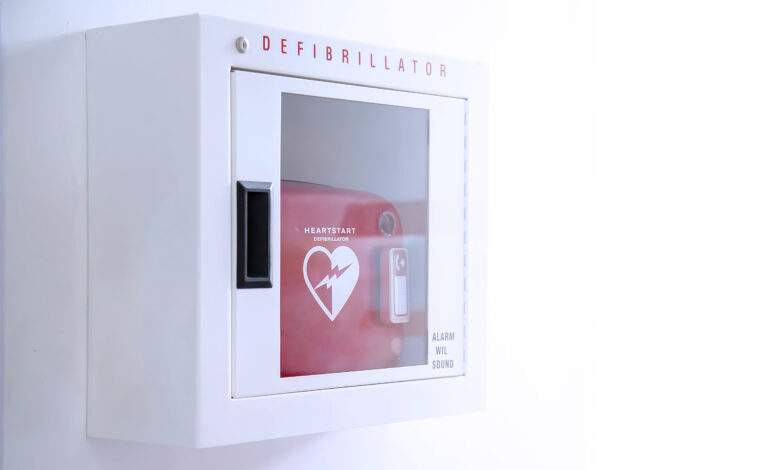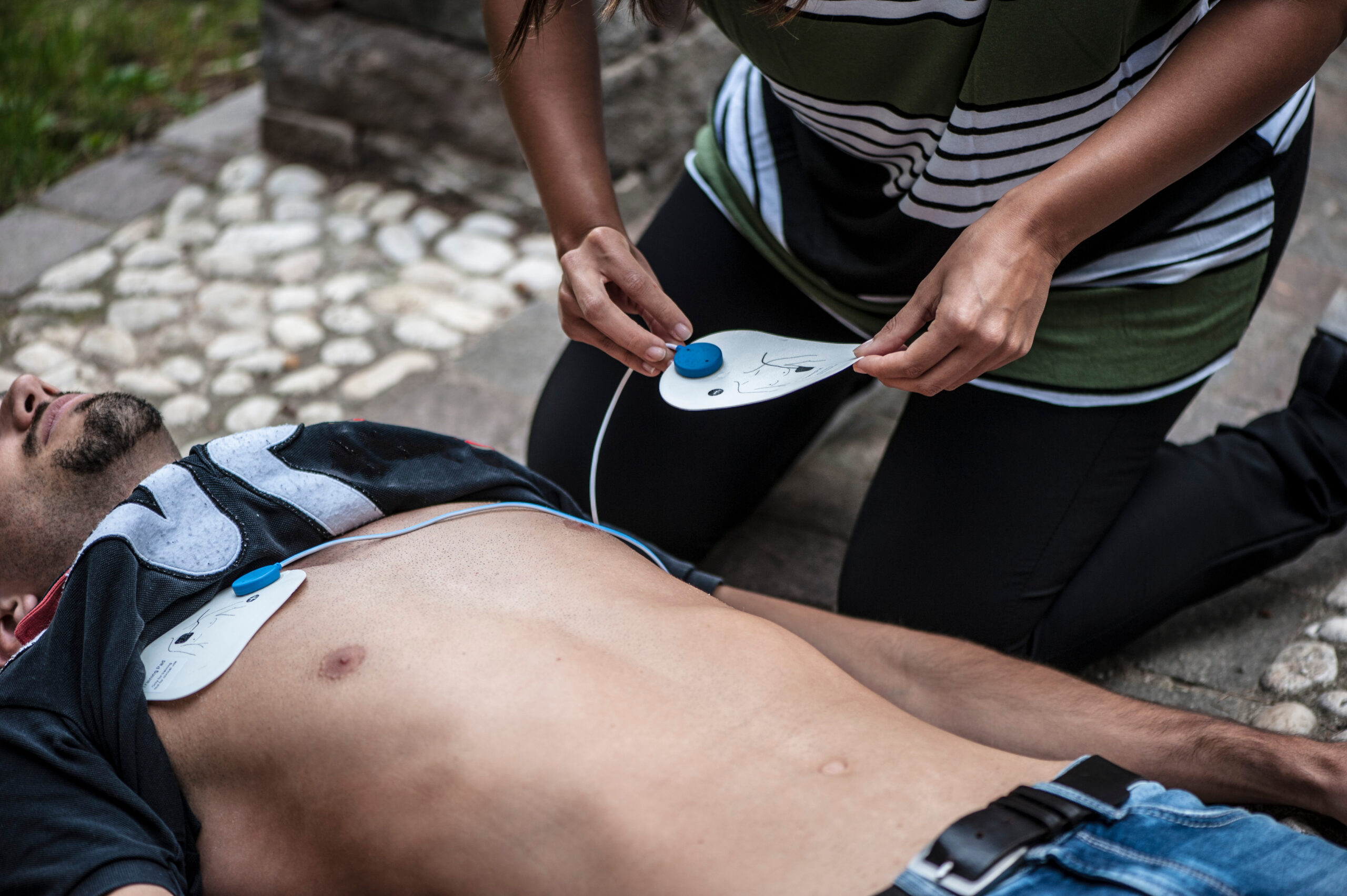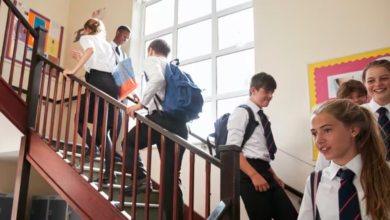Automated external defibrillators in schools
Is your school or kura equipped to deal with a cardiac arrest?

Cardiac arrest is a leading cause of death in Aotearoa New Zealand, with approximately five people a day requiring treatment for an out-of-hospital cardiac arrest.1
That’s more than 2000 people a year, with only 10 per cent of New Zealanders surviving to 30 days, or four weeks after the incident. Sudden cardiac arrest can happen to anyone of any age, including children.
Read the Term 1 edition of School News HERE.
Cardiac arrest is a highly time-sensitive medical event, with survival rates dependent on bystander action and rate of emergency response. In addition to CPR, early defibrillation of patients was shown to improve outcomes, with 45 per cent of those receiving defibrillation from an automated external defibrillator (AED) surviving to 30 days, compared to only 8 per cent of those that did not receive early defibrillation from an AED.1
With schools often being the centre of communities, having an accessible AED could mean the difference between life and death should a sudden cardiac arrest occur on or near school grounds. Although they can seem intimidating, AEDs are designed to be useable by someone with little to no training. They deliver visual and voice prompts to guide a user through an emergency. All AEDs have the same essential function, so when considering an AED to purchase, consider your school or kura’s specific needs. Some may be smaller for ease of transport, and some may have a more user friendly design.

The safe operation of AEDs is typically covered by standard first aid courses, which are required to meet a school’s minimum health and safety requirements. Both CPR and AED use are taught in first aid courses, and both could be lifesaving in an emergency. In the “Chain of Survival”, which describes the events that need to happen in rapid succession to increase chances of survival after a cardiac arrest, the first step is early recognition and rapidly alerting emergency services through dialing 111, followed by access to CPR, and an AED.
On purchase, AEDs will have an instruction manual which should be read carefully to ensure proper set up. All staff will need to be shown where it is located, so that it can be easily accessed in an emergency. AEDs should be positioned in an accessible place within the school or kura; they should be in a publicly accessible space, and within reach of wheelchair users, in an unobstructed area. They should also be clearly marked and in a well-lit area.
AEDs will require monitoring and maintenance to ensure that they will work properly in the event of an emergency. AEDs will run self-checks to ensure they are functioning properly. If they beep, or show a fail status, the battery may need replacement. Beeps may also indicate disconnected or expired electrode pads and/or an internal circuitry issue. In terms of maintenance, electrode pads have a shelf-life of one to five years, so will require regular checks of the expiration date and replacements. Electrode pads are specific to devices, so convenience and cost of electrode pads may be a factor when looking at purchasing an AED. Once used, electrode pads cannot be reused. Paediatric electrode pads are recommended for children under 25 kg.
References
1Dicker, Bridget, Verity Todd, Graham Howie, Pablo Callejas, Glen Stewart, Andy Swain, and Abhishek Ranjan. “Out of Hospital Cardiac Arrest Registry” Aotearoa New Zealand, National Report 2021/22. March 2022.









